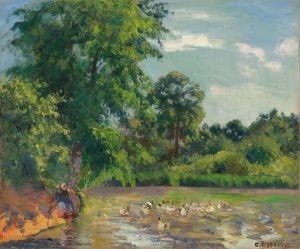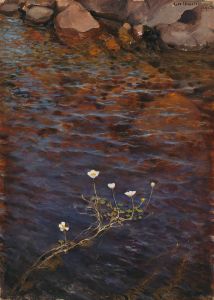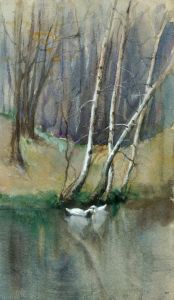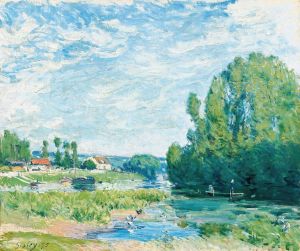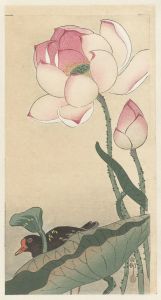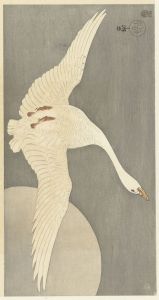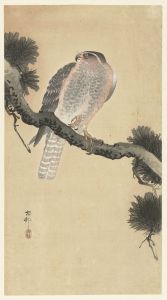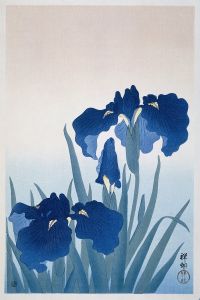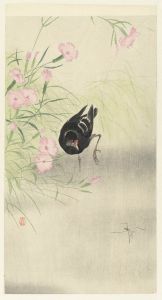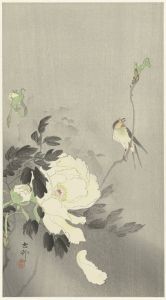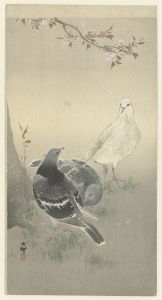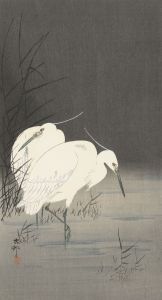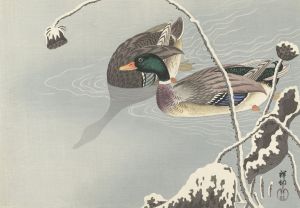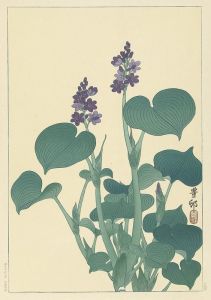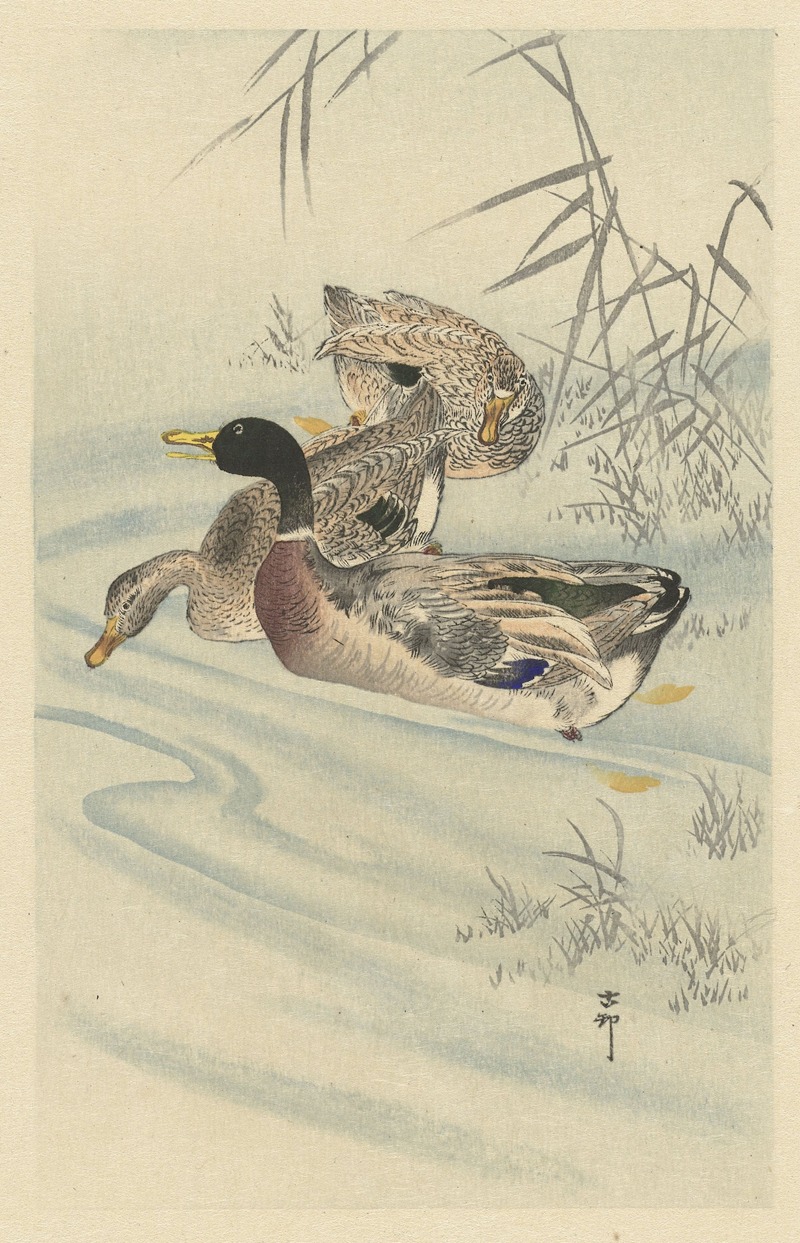
Three ducks in shallow water with reed
A hand-painted replica of Ohara Koson’s masterpiece Three ducks in shallow water with reed, meticulously crafted by professional artists to capture the true essence of the original. Each piece is created with museum-quality canvas and rare mineral pigments, carefully painted by experienced artists with delicate brushstrokes and rich, layered colors to perfectly recreate the texture of the original artwork. Unlike machine-printed reproductions, this hand-painted version brings the painting to life, infused with the artist’s emotions and skill in every stroke. Whether for personal collection or home decoration, it instantly elevates the artistic atmosphere of any space.
Ohara Koson (1877–1945) was a prominent Japanese artist known for his exquisite woodblock prints, particularly those depicting birds and flowers, a genre known as kachō-ga. His work is celebrated for its delicate beauty, attention to detail, and the ability to capture the essence of nature. One of his notable works is "Three Ducks in Shallow Water with Reed," which exemplifies his mastery in portraying avian subjects in their natural habitats.
"Three Ducks in Shallow Water with Reed" is a classic example of Koson's ability to blend traditional Japanese art techniques with a keen observation of nature. The print features three ducks gracefully navigating through shallow water, surrounded by reeds. The composition is harmonious, with the ducks positioned in a way that guides the viewer's eye across the scene. The reeds add a vertical element that contrasts with the horizontal flow of the water, creating a balanced and serene image.
Koson's technique in this piece is indicative of the shin-hanga movement, which sought to revitalize traditional ukiyo-e prints by incorporating Western elements such as realism and perspective while maintaining the essence of Japanese aesthetics. The ducks are rendered with a high level of detail, showcasing Koson's skill in capturing the texture of their feathers and the subtle variations in color. The water is depicted with gentle ripples, suggesting movement and adding a dynamic quality to the scene.
The use of color in "Three Ducks in Shallow Water with Reed" is both subtle and effective. Koson employs a limited palette, focusing on earthy tones that reflect the natural environment. The muted colors of the ducks and reeds are complemented by the soft blues and greens of the water, creating a cohesive and tranquil atmosphere. This restrained use of color is characteristic of Koson's work and contributes to the overall elegance of the print.
Koson's prints were highly popular both in Japan and abroad, particularly in the early 20th century when there was a growing interest in Japanese art in the West. His works were often exported to Europe and America, where they were appreciated for their beauty and craftsmanship. "Three Ducks in Shallow Water with Reed" would have appealed to collectors who admired the blend of traditional Japanese techniques with a modern sensibility.
The print is a testament to Koson's ability to convey the quiet beauty of nature through his art. His attention to detail and composition allows viewers to appreciate the simplicity and grace of the natural world. "Three Ducks in Shallow Water with Reed" remains a cherished example of Koson's contribution to the shin-hanga movement and his enduring legacy in the world of Japanese art.
Overall, Ohara Koson's "Three Ducks in Shallow Water with Reed" is a beautiful representation of his artistic style and the shin-hanga movement. It captures the serene beauty of nature with precision and elegance, making it a timeless piece that continues to be appreciated by art enthusiasts around the world.





